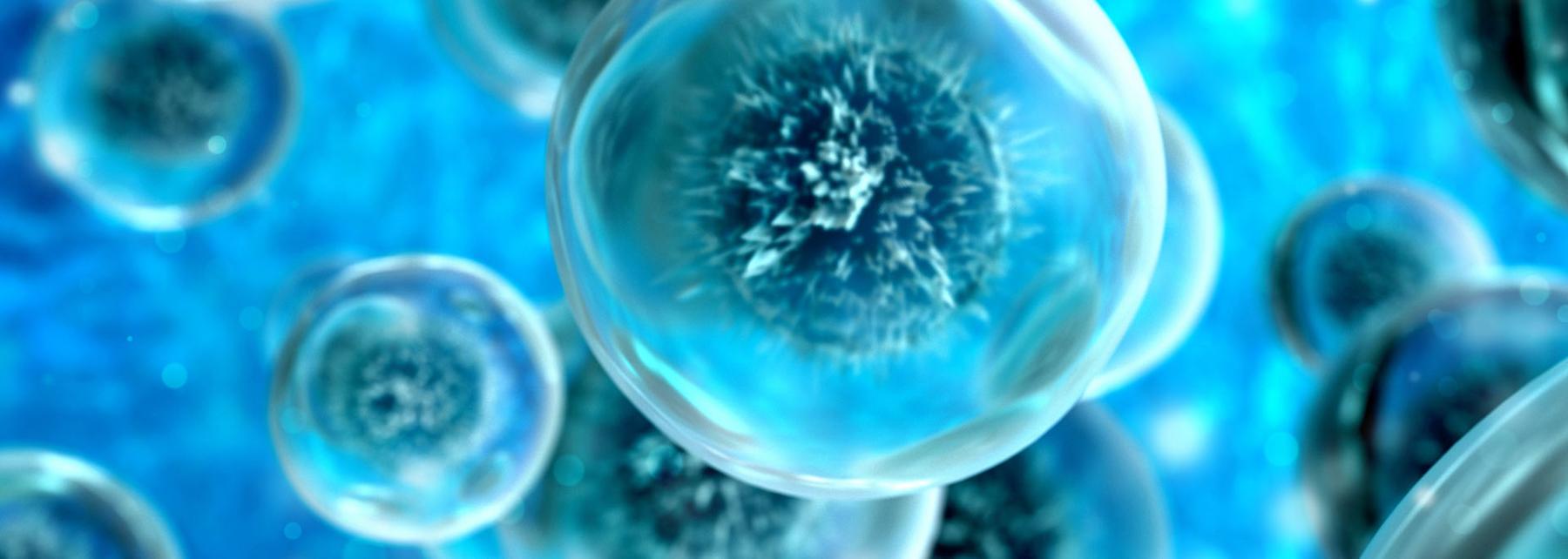
Halt, Who Goes [in/out] There? Structure and Function of the Cell Membrane in Different Environments
by Lacey Merritt
The purpose of this lesson is to engage 7th-grade students in a hands-on investigation of how salt concentrations affect plant cells. By exploring the process of osmosis, students will gain a deeper understanding of cellular functions and the importance of maintaining homeostasis in living organisms. This lesson integrates science, technology, and math to provide a comprehensive learning experience that connects classroom concepts to real-world phenomena.
Outcome:
By the end of this lesson, students will have:
-Observed how varying salt concentrations impact the structure and function of red onion cells through microscopic examination.
-Conducted osmosis experiments using dialysis tubing and U-tubes to simulate cell membranes and water movement.
-Utilized PhET Interactive Simulations to model osmosis and gather additional data.
-Analyzed and graphed experimental data using 7th-grade math skills, identifying patterns and trends.
-Read and synthesized scientific articles to support their understanding of osmosis and homeostasis.
-Constructed and presented scientific explanations on how changes in a cell’s environment affect cellular function and overall organism health, highlighting the role of osmosis in maintaining homeostasis.
Through this integrated STEM investigation, students will develop critical thinking and problem-solving skills, enhance their ability to use technology in scientific inquiry, and gain a foundational understanding of key biological processes.
Lesson Grade Level
7th GradeLesson Plan Link/URL
https://docs.google.com/presentation/d/1lupNGFkthnFVEo8fPdhAdWVywazuzBoK/edit?u…Related Content

Grades:
7th Grade
Learning the difference between the two cells while learning the function and structure of both cells and creating an analogy and drawing on canva to help students remember.

Grades:
7th Grade
Students will learn the parts of a microscope, the importance of them and how to use them to view specimens.

Grades:
2nd Grade, 3rd Grade
Students will research a biome around the world, including 3 animals, 3 plants, and 3 nonliving parts of the ecosystem. Students will construct a diorama of the biome and illustrate a natural disaster

